Mui Dien of Phu Yen is considered the easternmost point of Vietnam. And Bai Mon is located right at the foot of Mui Dien, the first beach to catch the morning sunlight on the mainland of our country.
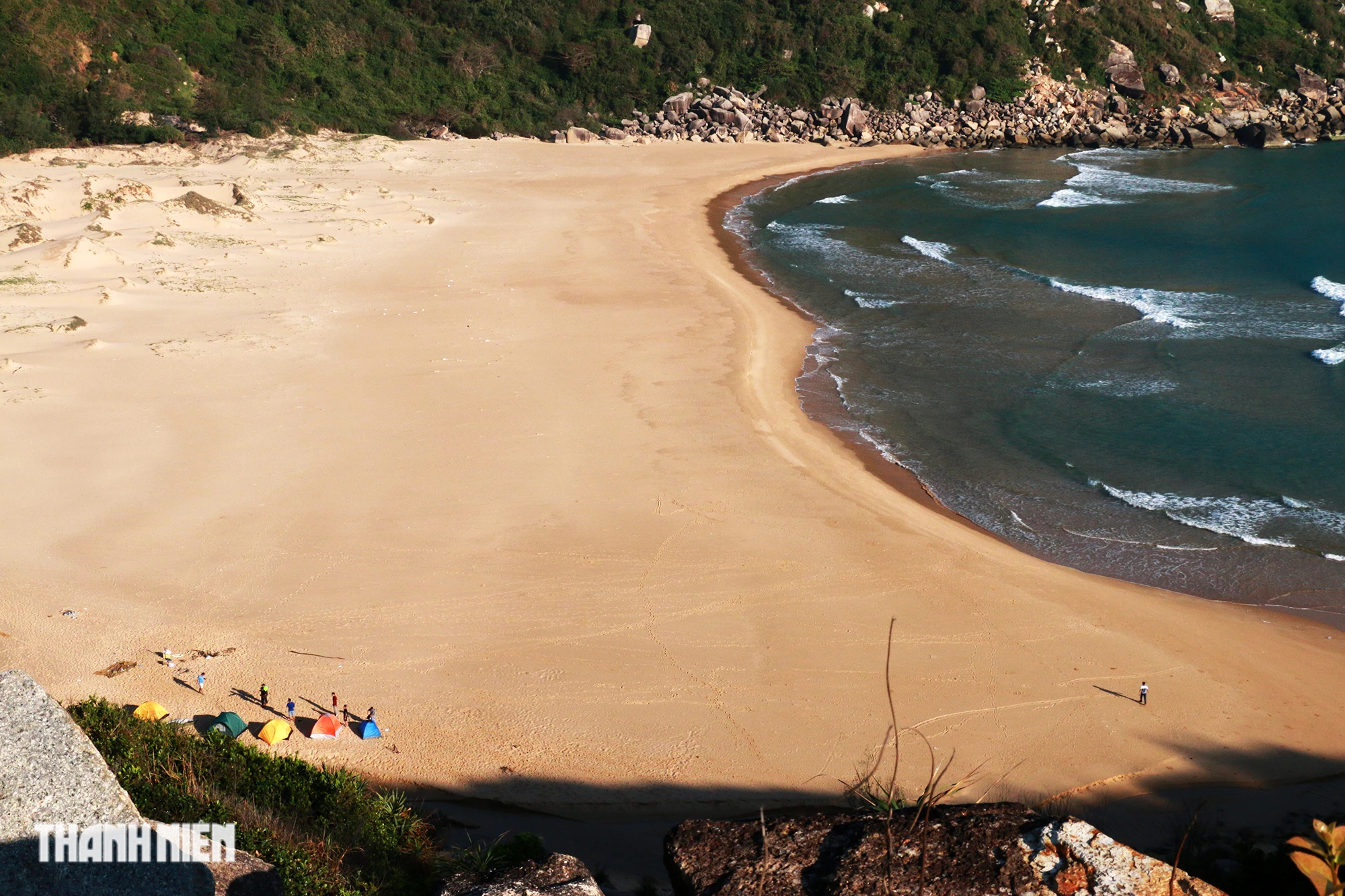
There are two ways to be the first to welcome the sunrise on the East Sea coast. One is to leave early to Bai Mon before the sun rises. The other is to camp overnight right on the sand. In the photo, the group of tourists arrived at Bai Mon the day before, set up tents, ate, played, and woke up the next day with the first rays of the sun.
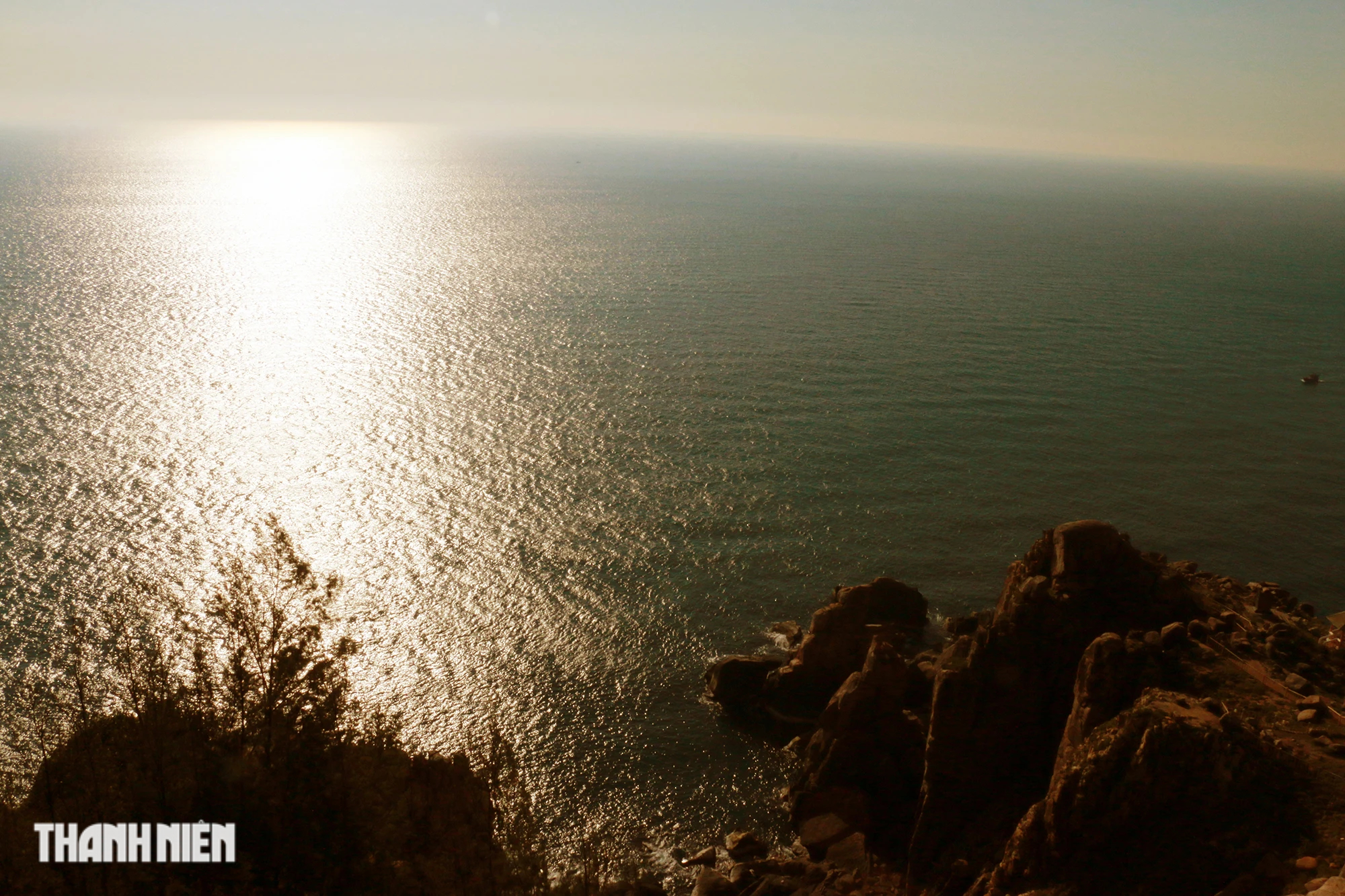
Many locals also choose to stay overnight on the sand, waking up early in the morning to witness the sunrise over the sea. "My house is more than 70 kilometers from Bai Mon, so I came here in the afternoon, camped, and stayed the night to wake up early the next morning to relax," said Hoang Dang Vuong, a resident of Dong Xuan District, Phu Yen.
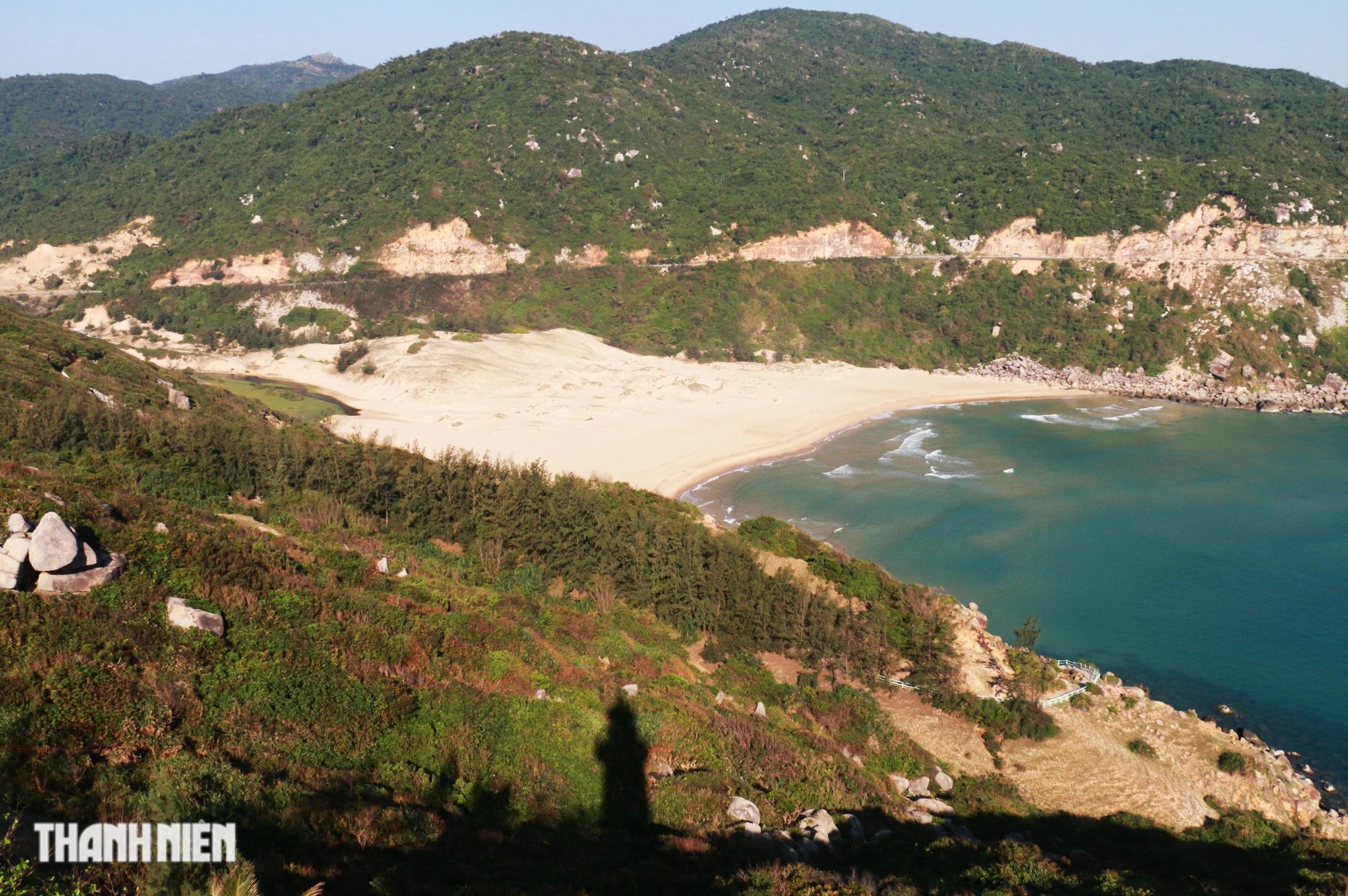
Bai Mon is located between two capes jutting out into the East Sea, including Mui Dien and Mui Nay. On top of Mui Dien there is a lighthouse over 100 years old, with a panoramic view of the morning. However, to get there, you have to climb 400 steps about half a kilometer long on a steep mountain road, so many people choose to stay at the beach.
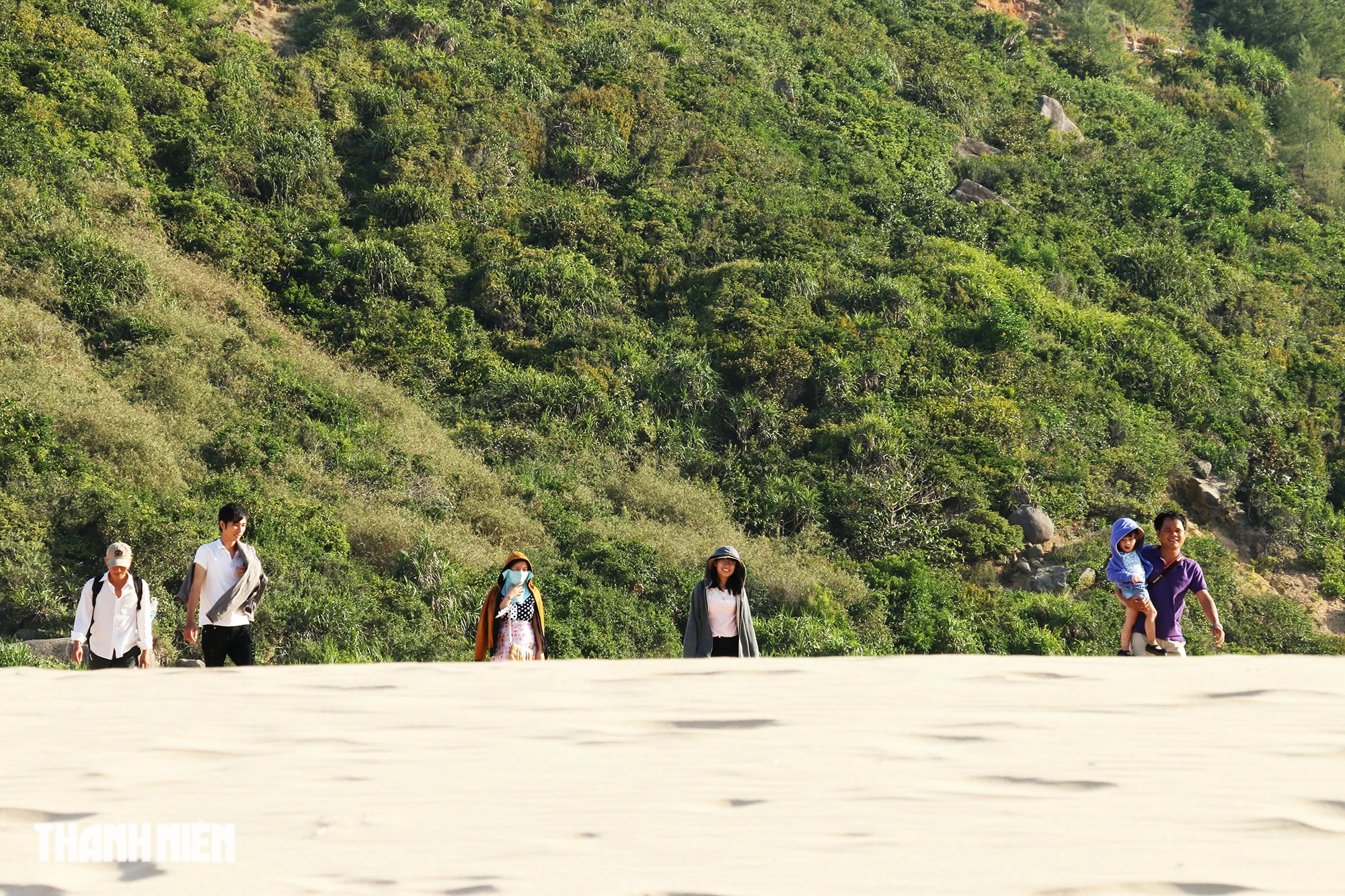
There are no houses in this area and almost no services. At the entrance, there is a small shop selling drinks, food, and renting some items. However, guests who stay overnight or visit during the day must bring their own supplies, food, and drinks.
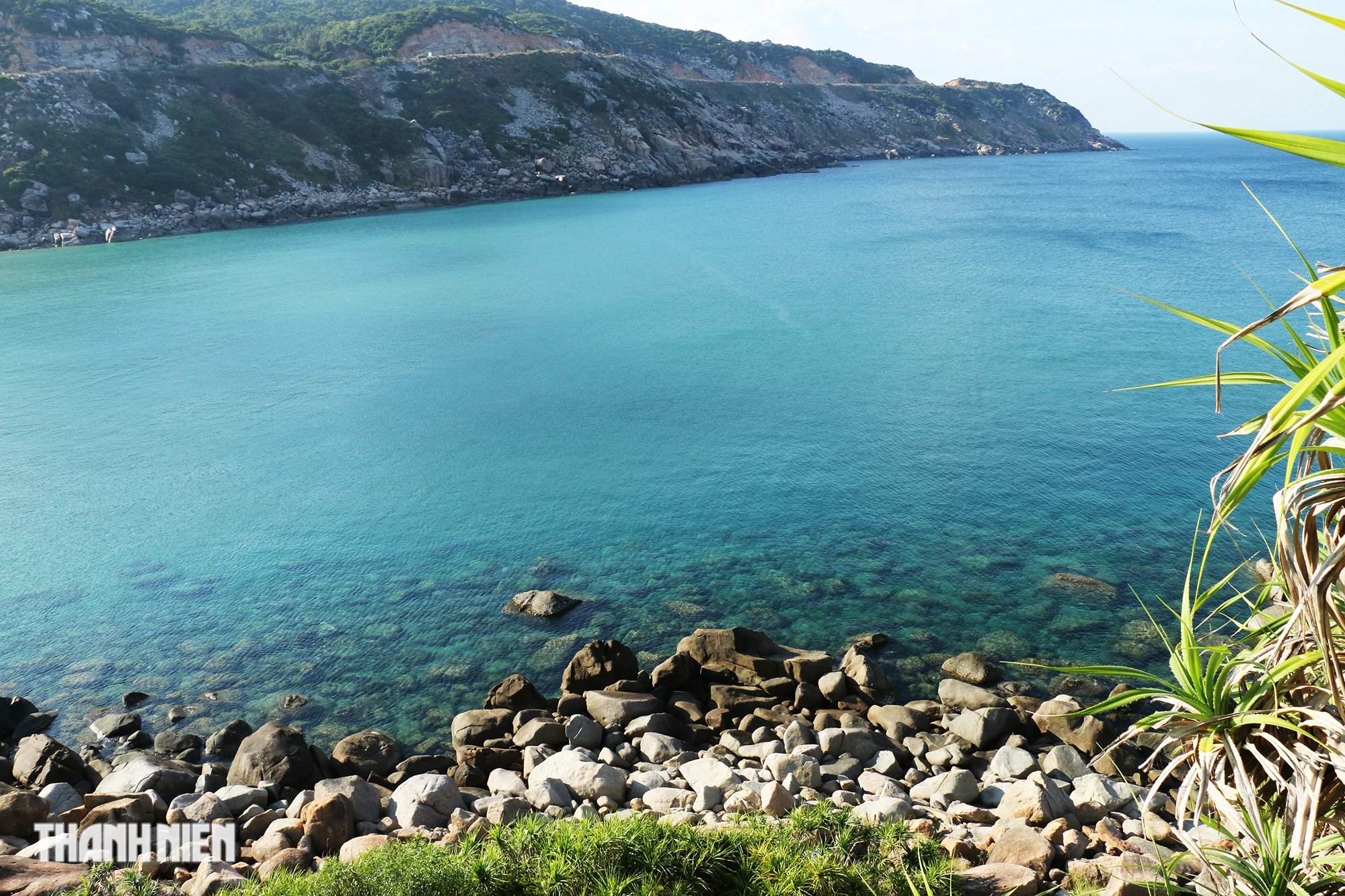
The beach here is long, smooth, and pristine. The shore is flat, and if there are any human footprints, the wind will blow the sand away. At the foot of the southern mountain, there are moments when the waves are calm and the sea is so clear that you can clearly see the layers of rocks protruding under the clear blue water.
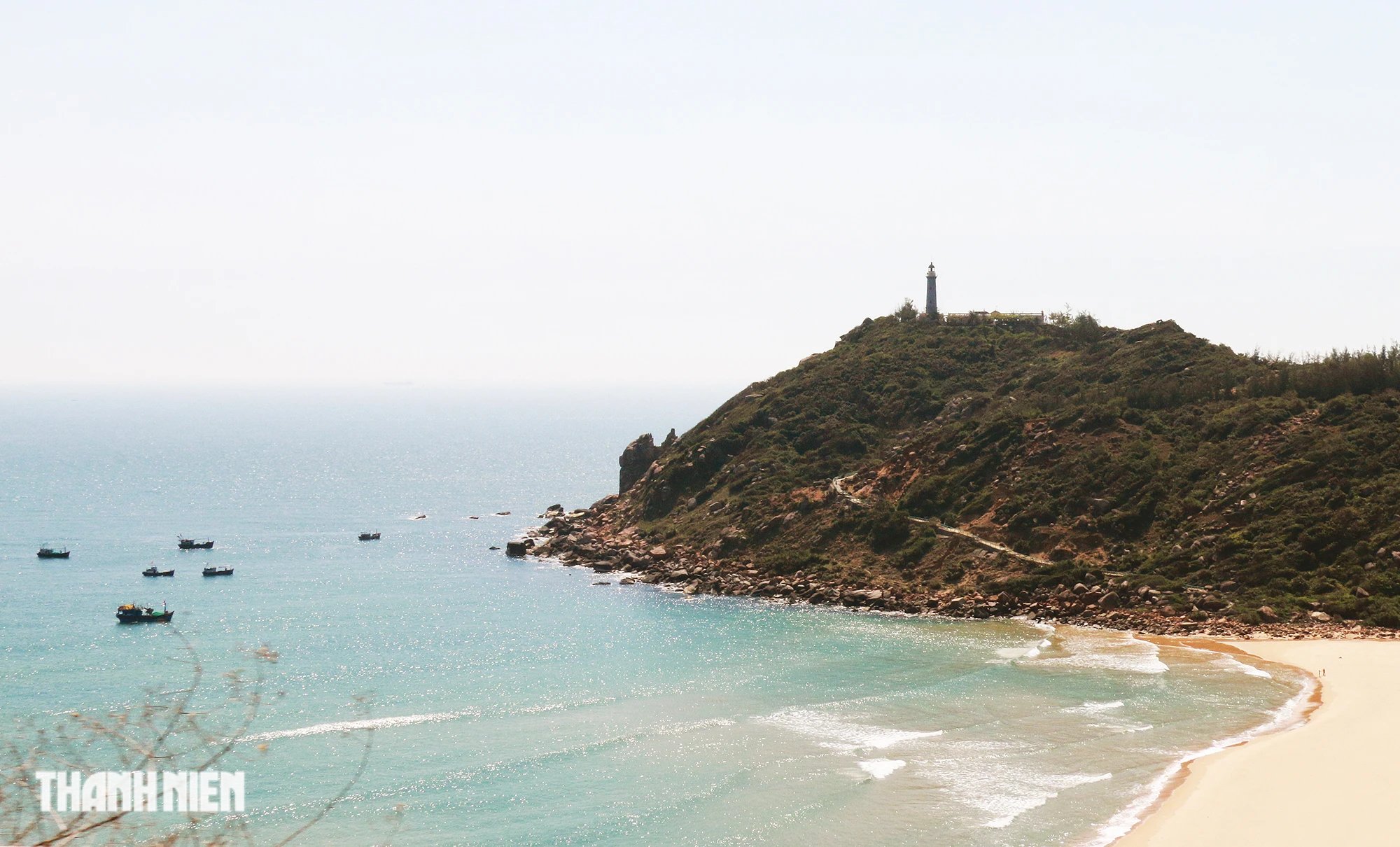
Bai Mon - Mui Dien National Scenic Area is located in Hoa Tam Commune, Dong Hoa Town, Phu Yen. There are two routes nearly 30 km long from Tuy Hoa City, the provincial capital of Phu Yen to get here, including National Highway 1 and the coastal road Hoa Hiep - Phuoc Tan - Bai Nga.
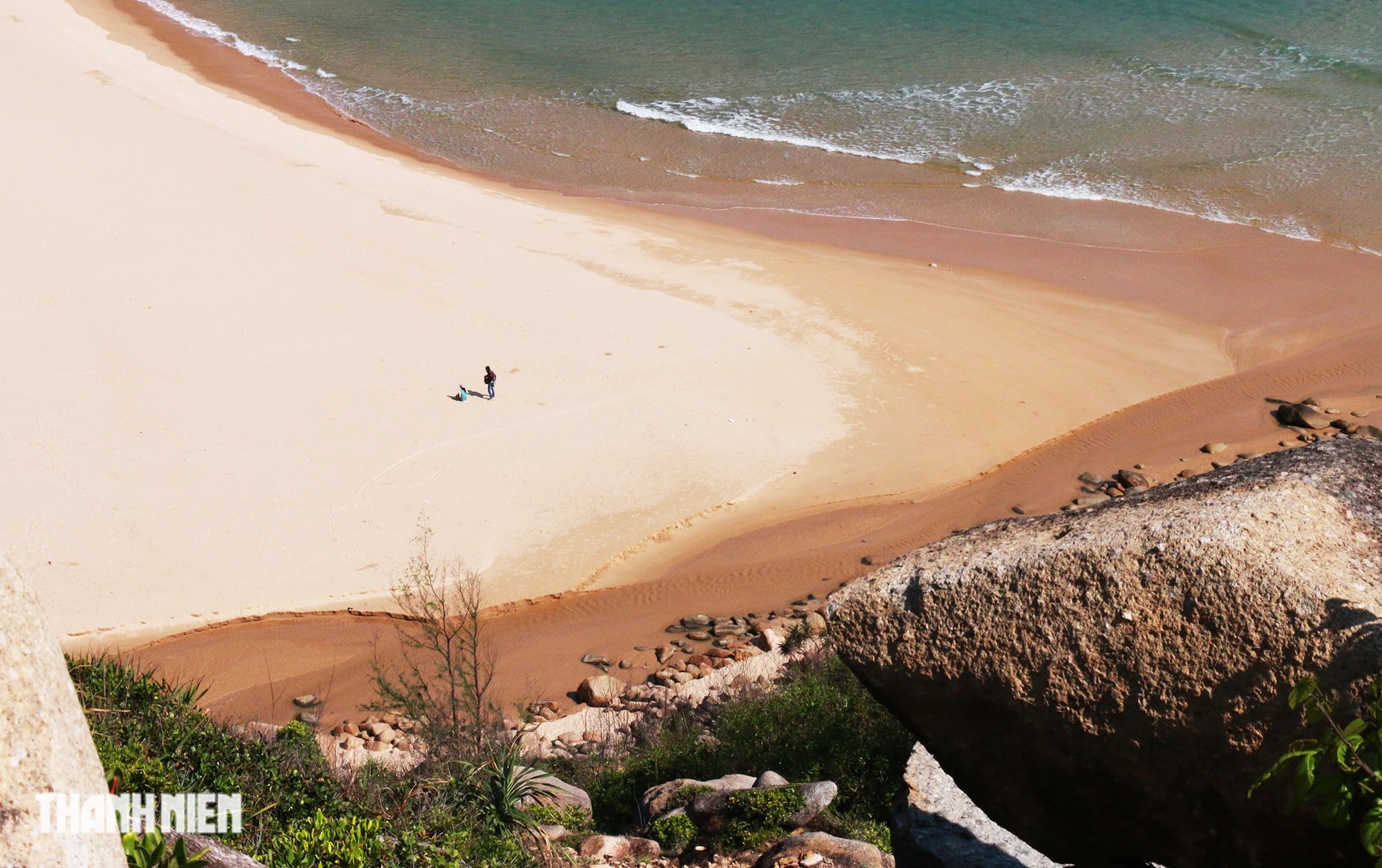
The interesting point is that Bai Mon has a rather large stream flowing from the dense forest of Deo Ca Pass. The stream does not plunge straight down to the sandbank but gently winds along the foot of the mountain and flows down to the sea. Right at the southern rocky rapids, is where you can see the fresh water flowing into the salt water.
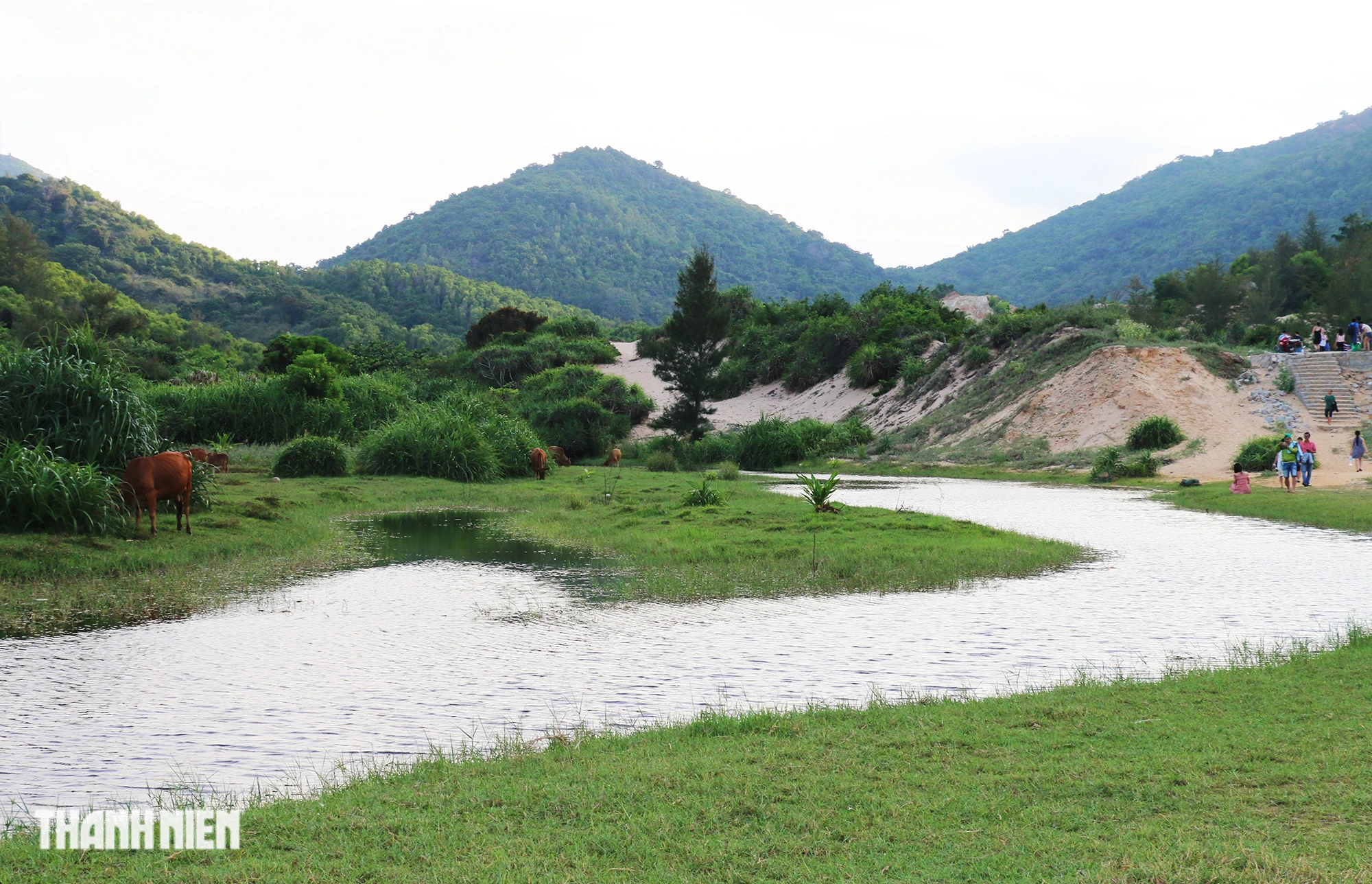
Before being sucked away by the ocean, the stream was flowing in the west. There were sections that flowed through low-lying areas, where the stream water settled down to form a small river. On both sides of the winding riverbanks, the grass and trees grew lushly, becoming a check-in spot for tourists to take photos. In the distance, there was a herd of cows being grazed by locals, who went out to find grass on their own.
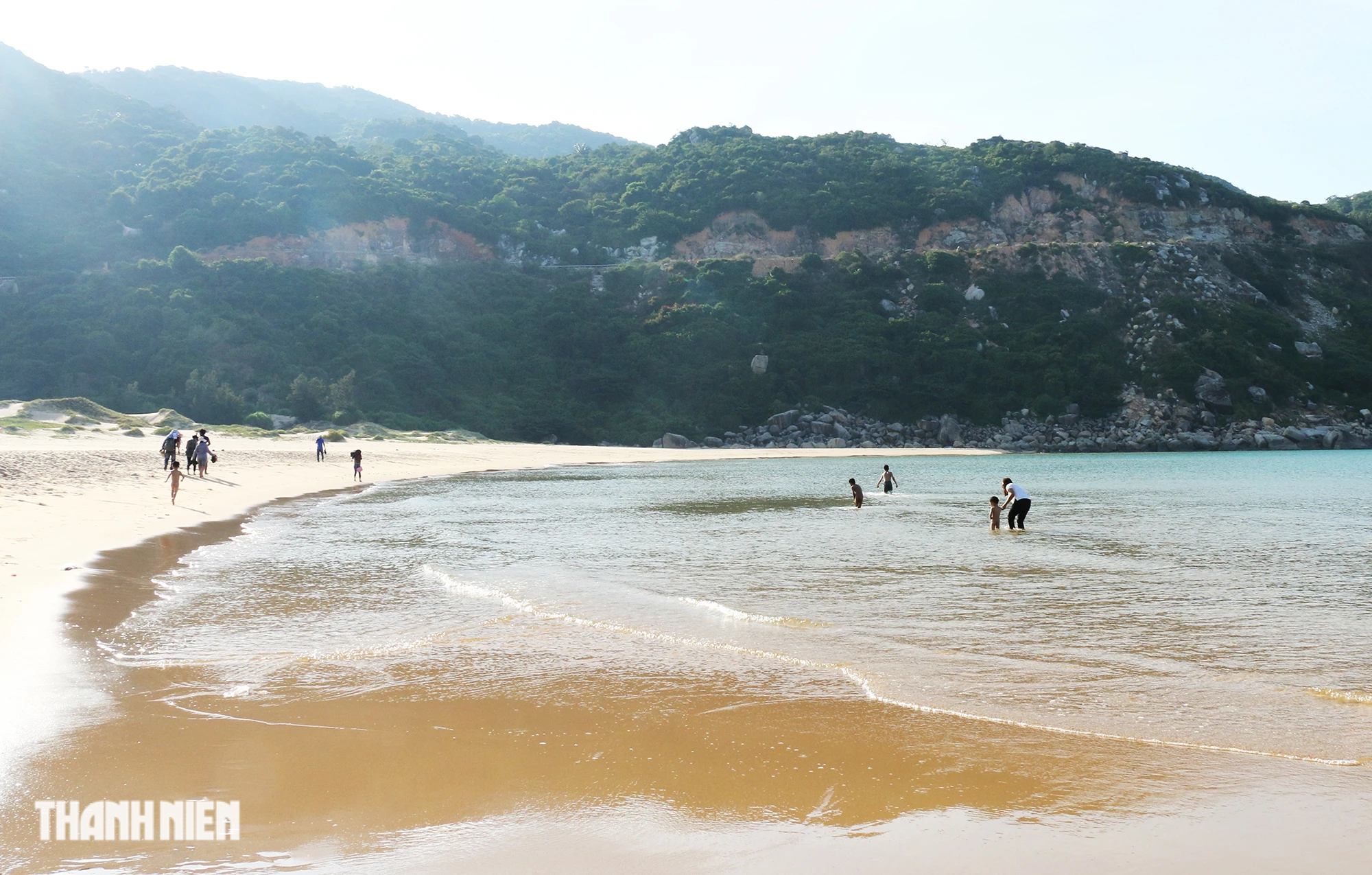
Tourists go for a walk or have fun digging in the sand to catch crabs. Crab and mussels run away very quickly in the sand, so you need a little experience or guidance from a local to catch them. On the deserted beach, there is only the sound of small waves, and occasionally you can hear the laughter of a group of children whose parents let them bathe near the shore.
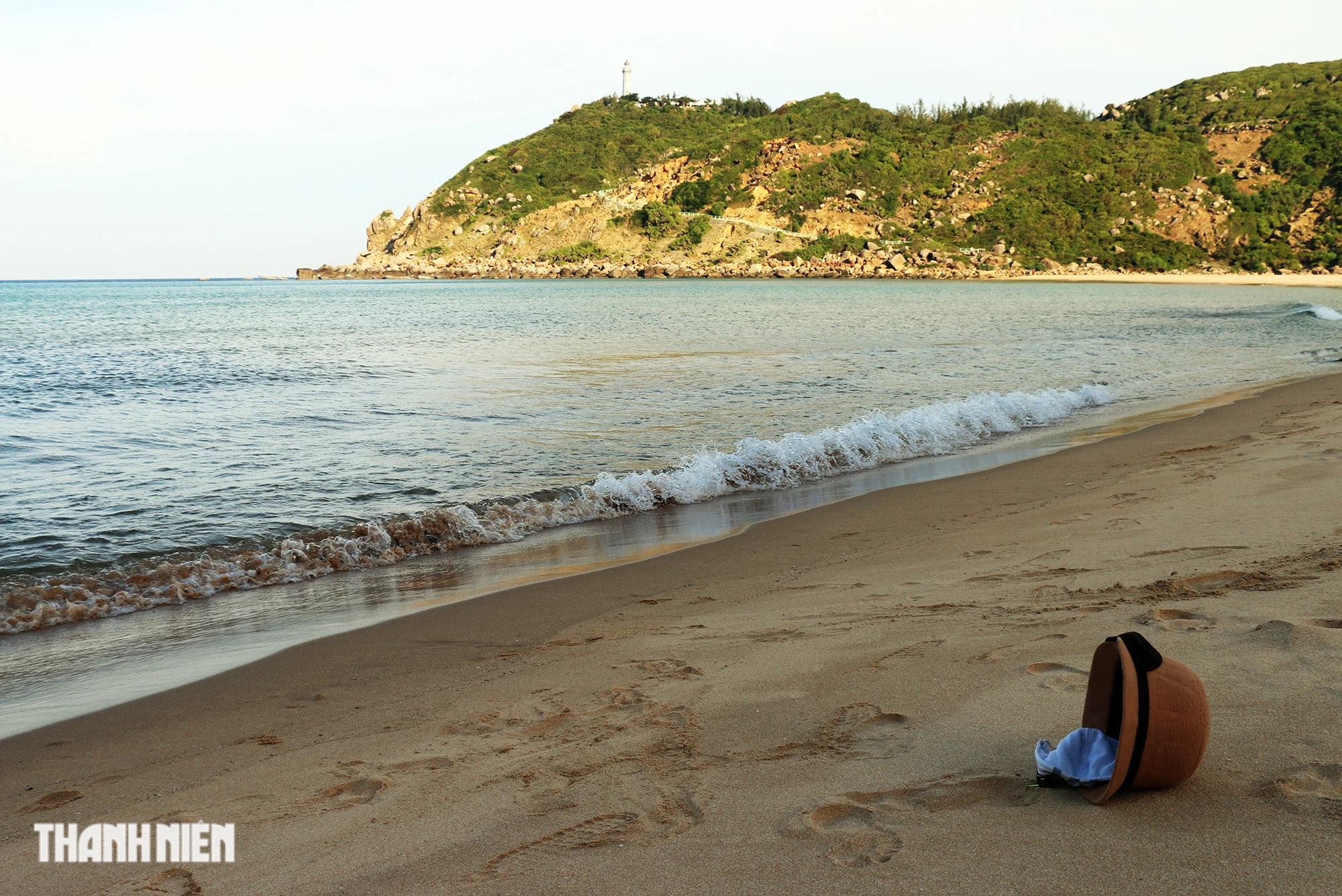
Mon Beach is usually crowded only on weekends. But the lack of people is also interesting. Between two steep mountains, from the golden sand, opening the tent door to step out to breathe in the early morning breeze, watching the first rays of sunlight fall on the mainland, brings interesting feelings. Because only a short time later, the sun is harsh, must pack up the tent and go home.
Source link










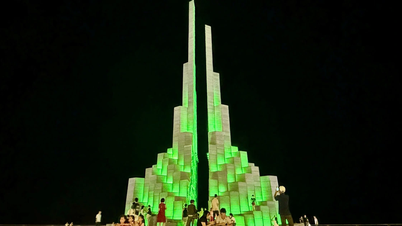







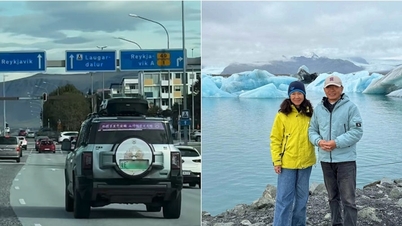

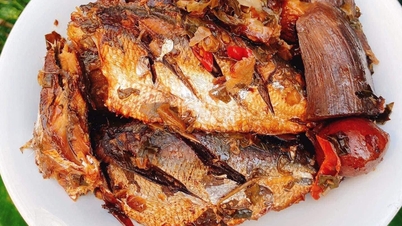
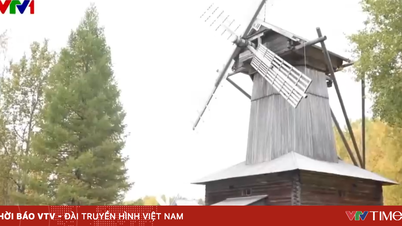



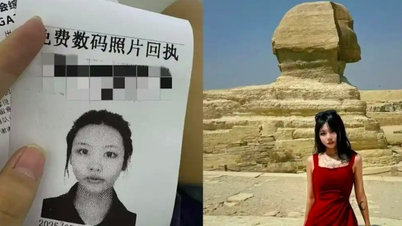
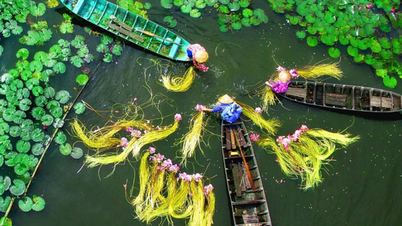





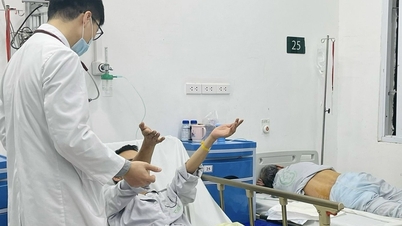
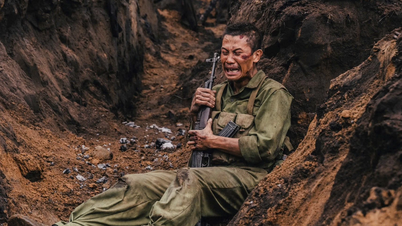




![[Photo] President of the Cuban National Assembly visits President Ho Chi Minh's Mausoleum](https://vphoto.vietnam.vn/thumb/1200x675/vietnam/resource/IMAGE/2025/10/1/39f1142310fc4dae9e3de4fcc9ac2ed0)
![[Photo] Keep your warehouse safe in all situations](https://vphoto.vietnam.vn/thumb/1200x675/vietnam/resource/IMAGE/2025/10/1/3eb4eceafe68497989865e7faa4e4d0e)






















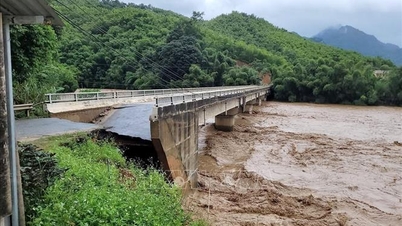
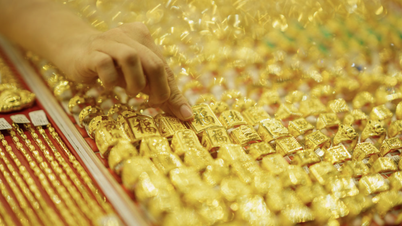
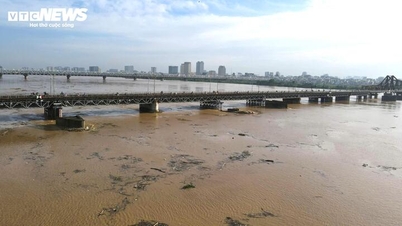












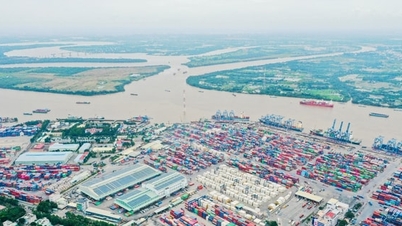







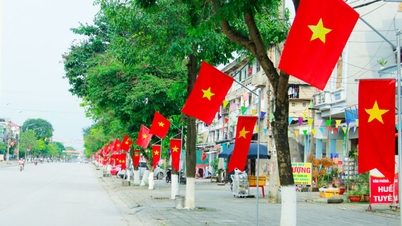














Comment (0)